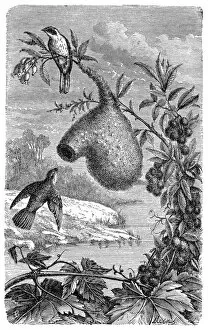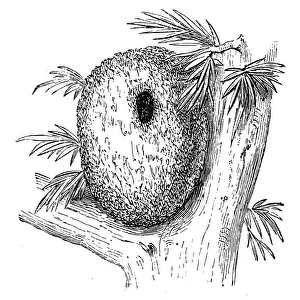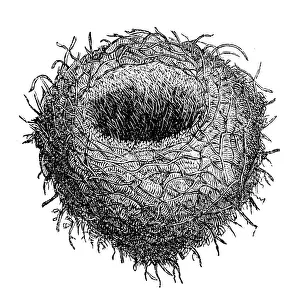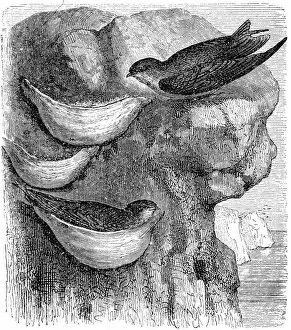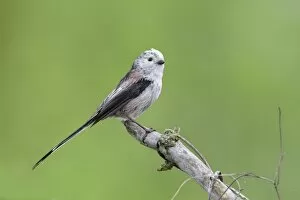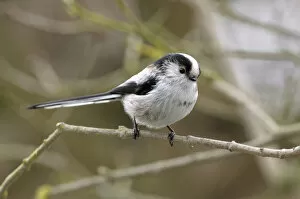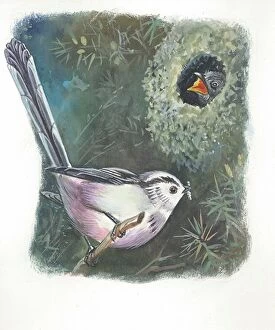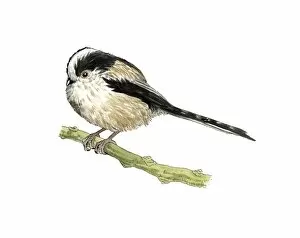Aegithalos Caudatus Collection (page 2)
The Long-tailed tit, scientifically known as Aegithalos caudatus, is a charming bird species that never fails to captivate with its delicate beauty
All Professionally Made to Order for Quick Shipping
The Long-tailed tit, scientifically known as Aegithalos caudatus, is a charming bird species that never fails to captivate with its delicate beauty. In this captivating image, we see a Long-tailed tit perched gracefully on a branch, showcasing its long and slender tail feathers. Found in various regions across Europe and Asia, the Long-tailed tit is often spotted in Tyrol, Austria. Its distinct features make it easily distinguishable from other members of the Parus family such as Parus palustris, P. major, P. ater, P. cristatus, and P. caeruleu. This lithograph from 1897 showcases the eggs of European birds including those of the Aegithalos caudatus. The intricate patterns and colors of these eggs are truly mesmerizing. In another remarkable moment captured by a photographer in Finland during April nesting season, we witness a Long-tailed tit carefully placing a feather into its nest. This behavior highlights their meticulous nature when it comes to creating cozy homes for their offspring. Nature's wonders continue to unfold as we observe a Long-tailed tit feeding on an icicle formed from sap dripping off a Painted maple tree in Hokkaido, Japan during February. It demonstrates their resourcefulness and adaptability even amidst harsh winter conditions. Moving closer to home in Hampshire UK during May springtime bloom; we find another stunning shot of this delightful bird perched elegantly on hawthorn branches. The vibrant green foliage serves as an enchanting backdrop for this petite creature. Bathed in soft morning light against the picturesque landscape of Uto Finland stands yet another Long-tailed tit perched serenely on a tree branch - reminding us of the tranquility found within nature's embrace. Lastly but not leastly; here we have an intriguing combination - Aegithalos caudatus alongside red-necked grebe (Podiceps grisegena).

